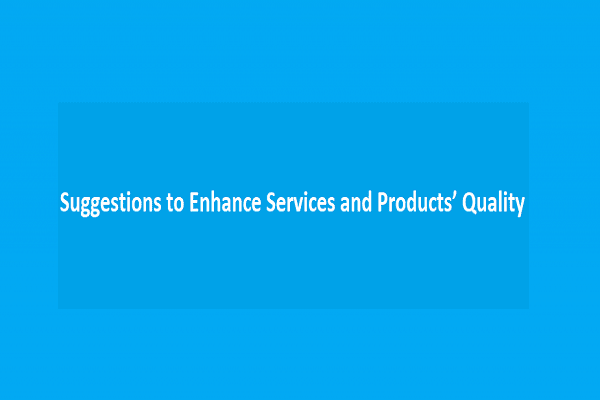The demand for business intelligence has increased worldwide, largely thanks to COVID-19’s lasting consequences. The global market for business intelligence is expected to develop at a compounded annual growth rate (CAGR) of 8.7% from 2021 to 2028, from $24.05 billion in 2021 to $43.03 billion. It’s no surprise that modern companies want to be more “data-driven” in their strategies and decisions. Many methods may be used for BI, from basic Excel spreadsheets to data warehouses and elaborate KPI dashboards.
It’s not that some companies don’t see the benefit of analytics; instead, they have difficulty getting their hands on and making sense of the data they need to make sound business decisions. This is where data annotation and labeling come into the picture. This post will delve deep into what data annotation and labeling are while highlighting their effect on your BI operations.
Contents
What Is Data Annotation and Labeling?
A machine cannot be taught to churn out insights simply by having access to a large amount of data. Data annotation services are the backbone of our algorithm-driven world. It is counter-intuitive for humans to understand, but a computer needs to be taught what it is looking at and given context before making decisions based on visual input in the same way a human brain can. Annotating data establishes those links. Content labeling manually assigns labels to media such as text, audio, photos, and video so machine learning models can identify and use the media to generate predictions. Data annotation and labeling are utilized on all fronts, from self-driving cars to music recommendations.
There is a lot of overlap between the concepts of data labeling and annotation, which both refer to the act of assigning meaningful labels to data sets. Data annotation is annotating data for computer understanding and memorization using machine learning algorithms. To train a machine learning model, it is necessary to “label” or “tag” various types of data with meaningful descriptions. Using a label, you can single out a specific piece of information from a larger pool.
Types of Data Annotation
A human-like AI or ML model requires lots of training data. A model must understand certain information to make decisions and behave. Here are the types of data annotation solutions you need to know about:
- Text Annotation Services
- Audio Annotation Services
- Image Annotation Services
- Video Annotation Services
Why is Data Annotation and Labeling Important for BI?
Understanding the difference between supervised and unsupervised machine learning is essential to understanding the applications of data annotation and data labeling. Humans provide “labeled data” in supervised machine learning, hence teaching a computer what to look for. On the other hand, Unsupervised machine learning includes machines identifying data points on their own.
Annotating data helps the machine learning algorithm learn from examples, or “supervised learning,” which is essential for making reliable predictions. It’s only through the process of data annotation that models could differentiate between a human and a dog, or a road from a car. Without data annotation, every image would be the same for machines as they don’t have any inherent information or knowledge about anything in the world.
But there are a few benefits you should be aware of so that we can appreciate its significance in the field of business intelligence. Here are some of the benefits that can be attributed to data annotation and labeling:
Superior User Experience for Users
There is a lot to be gained from insights into both employees and customers with the help of business intelligence software. Businesses keep track of customer actions, user personas, and comments. You can increase the quality of your offerings and the satisfaction of your customers by using business intelligence tools to help you find and fix problems. Customer service and satisfaction can benefit from real-time feedback data.
Increased Accuracy of Insights
Annotating images helps improve the accuracy of the output by providing the algorithm with more and more data to learn from. With the help of these data sets, the algorithm will be able to learn a variety of different kinds of factors that will further assist the model in its search for relevant information inside the database. Otherwise, “garbage in, garbage out,” as the proverb puts it.
Increased Utilization
With the help of data annotation and labeling, BI can be utilized for new and improved use cases that allow it to encompass a wider range of functions. Some areas which have seen a massive improvement in the past years are document classification, product categorization, and sentiment analysis. Product categorization is the process of organizing goods and services into meaningful groups to enhance both search results and the user experience. Sentiment analysis allows you to run large arrays of data in a model and try to gain sentimental insights around a particular subject. The practical applications for all these are practically endless.




